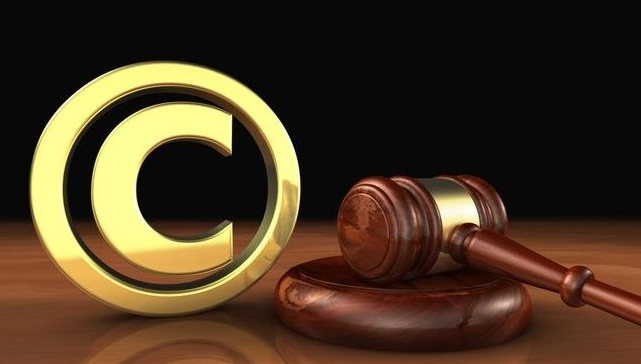Intellectual property is the creation of the mind, such as literary and artistic work, inventions, designs and symbols, names and images that are used in commerce. It majorly encourages the creation of various intellectual goods. The law grants property rights to the individuals and business, for the information and intellectual good they created.
Furthermore, it is essential for entrepreneurs and business owners to know the basics of intellectual property or IP to protect their innovative creation from the prejudiced competition. Intellectual property is worth to give you economical benefits.
Here are 4 types of intellectual property protection:
1. Copyrights
Copyright is responsible for protecting original works of authorship such as literary works, music, dramatic works, pantomimes and choreographic works, sculptural, pictorial and graphic works, and many other inventions. Once you get the copyright of your invention, you have the exclusive rights such as modifying, distributing, performing, creating, exhibiting and copying the work.
The work qualifies the copyright infringement law when it is represented in a physical medium of expression such as words on a piece of paper or music written on a sheet. The moment you invent your creation, your work is qualified to get copyright and the registration is a must. You can register your work through the US Copyright Office or through their online registration process.
2. Patents
A patent refers to property rights on an invention that allows a patent holder to prohibit others from making, selling or using the invention. In the context of business, inventions allow them to develop new products or processes that offer a competitive advantage in the marketplace. You can get patent by filing a patent application with the U.S. Patent and Trademark Office (USPTO).
Types of patents
- Utility Patent: It is a common patent that includes process, machine, article of manufacture, composition of matter or any new useful improvements. The invention criteria includes novelty, nonobviousness and usefulness for 20 years of time-duration.
- Design Patent: It contains any new, original or ornamental design for an article of manufacture having a 14 years time-duration.
- Plant Patent: It covers any new variety of asexually produced plant and has 20 years of time-duration.
Moreover, a patent holder can initiate a legal action against the person who copies his/her design, invention or discovery. Here, the role of legal protection comes into emergence, you have to file for legal protection within 12 months until the work comes into public domain. If you fail to file the legal protection within 12 months, you will lose the opportunity of patent.
3. Trademarks
A trademark refers to a word, phrase, symbol or design (business logo) of product or service, that should be singular and distinguished from any other symbol of competitors. The mark needs to be distinctive in order to qualify the patent protection.
Whilst, rights in trademark is obtained by the registration process with the USPTO, you also need to conduct a proper federal and state research, so that you can make sure no similar trademark is already existing.
The trademark qualification demands an explicit representation of the mark and the identification of the category of goods and services. You can apply online for the trademark registration, but the filing fees may vary according to the form type and the number of categories of goods and services.
4. Trade Secrets
Trade secret refers to a process, device, formula or any other business information that a company or business needs to keep private, in order to avoid the chances of any other rival company making a replica of it. For example; Soda Formulas, survey results, customer lists and computer algorithms.
This intellectual property does not come under the legal protection registration in spite you need to protect your information as long as you can. There are several steps that can be taken in order to protect the trade secret such as non-disclosure agreement, restricted access to confidential information and others.
To sum it up, the above-mentioned information will help you when you conduct a startup or apply for any of the intellectual property protection.
